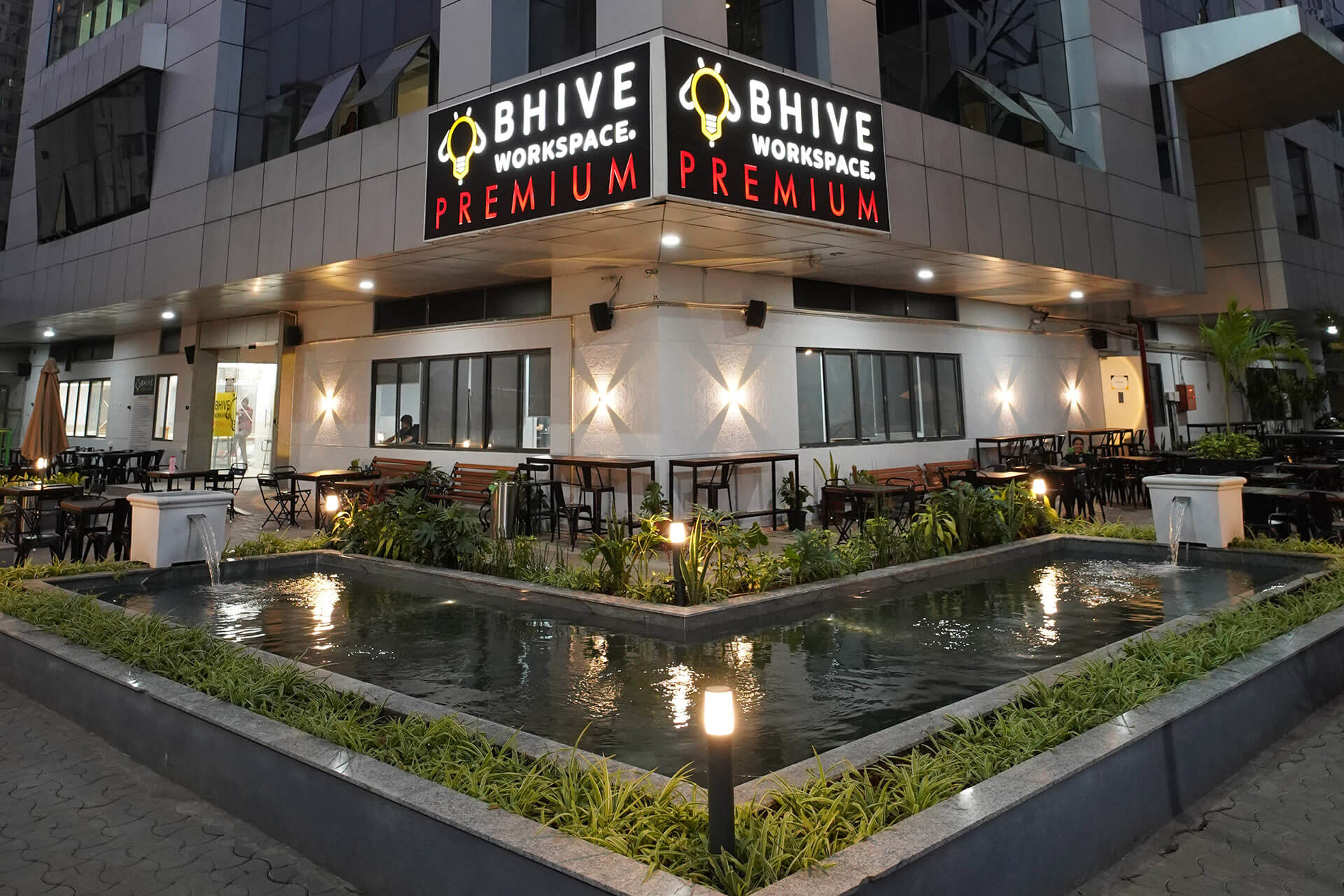- Middle income or Metropolitan: Understanding the dynamics of the Indian subcontinent has always been a very precarious task, due to the factors of wealth and also income disparities that come into play. India’s socio-economic condition cannot be understood in total vacuum, both these factors are mutually and interchangeably dependent on each other and when it comes to speaking about whether brands should focus on the metropolitan aspects while generating new avenues of income, or should they focus on new and emerging sectors that have the potential to scale up. Broad classification based on income groups are not the only demarcation for the country to grow and prosper but just a mere speck in the vast arena of possibilities that we need to look at before adjudging the “Underlying economics of Cities”.
- Changing Scenarios: India’s projected rise when it comes to living standards is all set to rise within the next 3-5 years and that will directly translate to better standard of living and will gradually facelift an entire generation though not by means of bringing about a revolutionary change but small incremental steps that count significantly in the long run. It is estimated that in 2025, India will have 69 metropolitan cities, which, together with their hinterlands (79 districts), will account for 54 percent of the country’s incremental GDP from 2012 to 2025 and for 50 percent of its total income in the terminal year. In short, focusing on these 79 districts would provide a lot of stakeholders with access to a market potential similar to that offered by the eight high-performing states.
E - PAPER
Understanding the Underlying Economics of Cities
Munish Baldev, Founder and CEO, J.S Martin & Co. speaking to Sapna Srivastava, Editor Realty+ shares his opinion on the role and importance of economic viabilities in planning of cities. Is Smart city all about advanced infrastructu
 BY
Realty Plus
BY
Realty Plus
Published - Saturday, 07 Aug, 2021

Munish Baldev, Founder and CEO, J.S Martin & Co. speaking to Sapna Srivastava, Editor Realty+ shares his opinion on the role and importance of economic viabilities in planning of cities.
Is Smart city all about advanced infrastructure?
Cities which are predominantly an intrinsic part of countries are based around culture and commerce.
Even though we stay in a globalized world, the needs are still specialized based on the demographics, demands and democracies across. Smart cities, a phrase very commonly used across the globe, but how viable is the term actually? Are smart cities only called so, because of their infrastructure or the amenities that they provide or do they genuinely encompass the intricacies required to be truly called a city, which is not only architecturally advanced but also takes into account the aspirations of the people residing in it. Elites can be distracted by cool technology and tourist-friendly innovations, but that’s not the whole story. Most cities can’t pay directly for “smartness,” and often they can’t even finance basic infrastructure, so innovation in these scenarios has to be driven by private capital with a focus on interventions that pay for themselves. Global urban innovators will do well to consider the different situations and approaches across the various segments and to match goals and financing appropriately.
What are the factors that influence a city’s market outlook?
A recent report published by Mckinsey India is of the view that India can be broadly classified into 4 broad groups based on the share of GDP that they contribute to in the country’s economy. Turning to this kind of an understanding, helps the lawmakers formulate policies and also companies delegate responsibilities that are best suited to a specific region and territorial nuances.
The key factors to consider while making claims and assumptions about a particular economic system that a city is based around are very carefully segregated into specificities which are drawn across with the purchasing and spending power, which strongly influences the market outlook for the demand of specific services and amenities.
RELATED STORY VIEW MORE
TOP STORY VIEW MORE

Mixed Outlook for Australia's Housing Sector In 2024
Mixed Outlook for Australia's Housing Sector In 2024
05 December, 2024NEWS LETTER
Subscribe for our news letter
E - PAPER
-

CURRENT MONTH 
LAST MONTH














